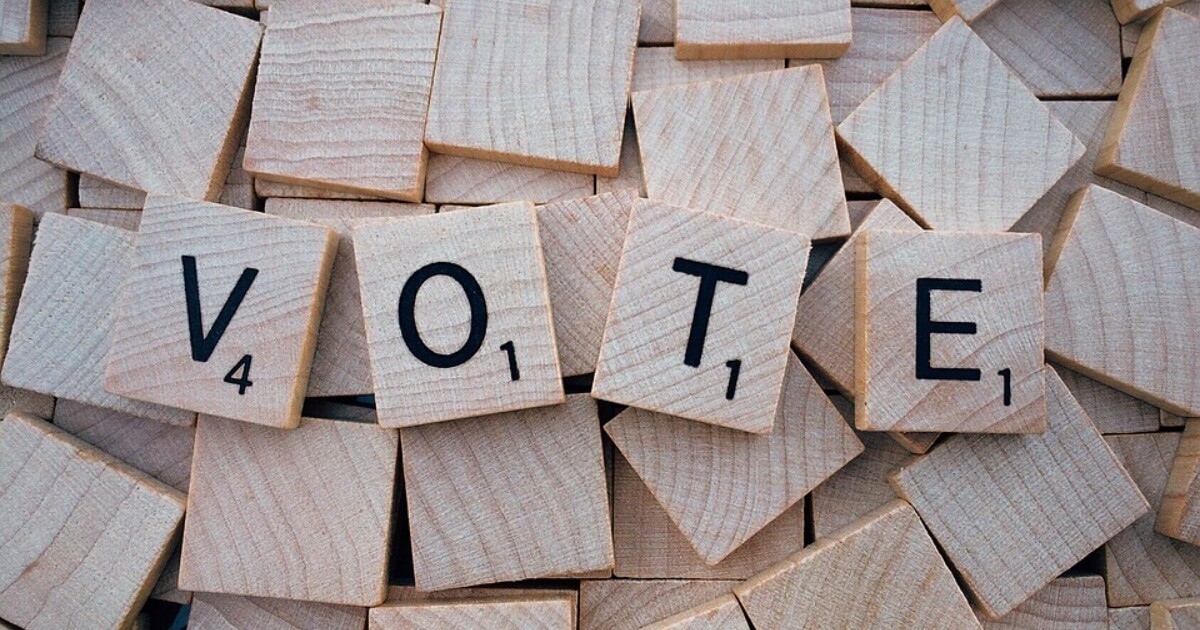Compulsory Voting in the OECD
What effect does a voting mandate have on turnout in places like Mexico, Australia or Belgium?
June 29, 2017

1. Like most countries in Latin America, Mexico has compulsory voting. However, this law is essentially not enforced there.
2. In the 2012 Mexican presidential election, a close-fought race between three major-party candidates, 66% of the voting-age population turned out to vote.
3. This means that turnout among the population of Mexico was actually higher than turnout in the United States (55.7% of all voting-age Americans in 2016).
4. That is despite the fact that the United States is a higher-income and more secure democracy.
5. Mexico’s voter turnout in 2012 was about the same as in Germany in 2013 and France in the 2017 presidential election second round.
6. Enrique Peña Nieto was elected president of Mexico that year without a runoff and just 38.21% of the vote.
7. Australia and Belgium also have compulsory voting, but the law is actually enforced there, at least with nominal penalties, unlike in Mexico.
8. Australia prides itself on turning out at least 90% of registered voters in every Australian federal election since the first compulsory-voting election in 1925.
9. However, the actual voting-age turnout for Australians was only 79% in 2016.
10. Registration is also compulsory in Australian, but a significant share of eligible citizens fails to register anyway.
11. Belgium’s turnout in the 2014 elections was 87.2% among all voting-age people – the highest level in the OECD.
Sources: The Globalist Research Center, Pew Research Center, The Economist, BBC